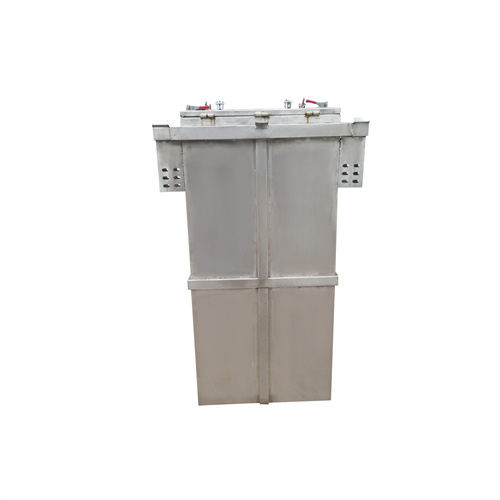Working principle of energy storage box
As the photovoltaic (PV) industry continues to evolve, advancements in Working principle of energy storage box have become critical to optimizing the utilization of renewable energy sources. From innovative battery technologies to intelligent energy management systems, these solutions are transforming the way we store and distribute solar-generated electricity.
6 FAQs about [Working principle of energy storage box]
What is energy storage?
Simply put, energy storage is the ability to capture energy at one time for use at a later time. Storage devices can save energy in many forms (e.g., chemical, kinetic, or thermal) and convert them back to useful forms of energy like electricity.
What are the potentials of energy storage system?
The storage system has opportunities and potentials like large energy storage, unique application and transmission characteristics, innovating room temperature super conductors, further R & D improvement, reduced costs, and enhancing power capacities of present grids.
What is Chapter 2 of energy storage?
Chapter 2 introduces the working principles and characteristics, key technologies, and application status of electrochemical energy storage, physical energy storage, and electromagnetic energy storage, respectively, and briefly several new types of energy storage technology.
Are energy storage mechanisms complete?
However, energy storage mechanisms also face many challenges as well (Mohd et al., 2008) because none is complete in all respects due to one or more limitations like storage capacity and form, string time, special structural or implementation requirements, energy releasing efficiency, and operation time (Yae, et al., 2016).
How can energy storage improve the performance of the energy system?
energy storage technologies.More broadly, it would be helpful to consider how energy storage can help to improve the performance of the whole energy system by improving energy security, allowing more cost-efective solutions and supporting greater sustainability to enable a more just
What is a thermo-mechanical energy storage technology?
This work is concerned with LAES, which is a thermo-mechanical energy storage technology, and an alternative to PHES and conventional CAES technologies. Such a technology has several key advantages including high scalability, no geographical/geological constraints, cost-effectiveness, and multi-vector energy service provision .
Related Contents
- Working principle of generator energy storage
- Working principle of energy storage water chiller
- Energy storage station working principle picture
- F1 energy storage motor working principle diagram
- Working principle of energy storage brake chamber
- Working principle of photovoltaic energy storage
- Working principle of die-cast energy storage tank
- What is the principle of energy storage box
- Energy storage working status
- Energy storage soe working condition
- Energy storage motor working process picture
